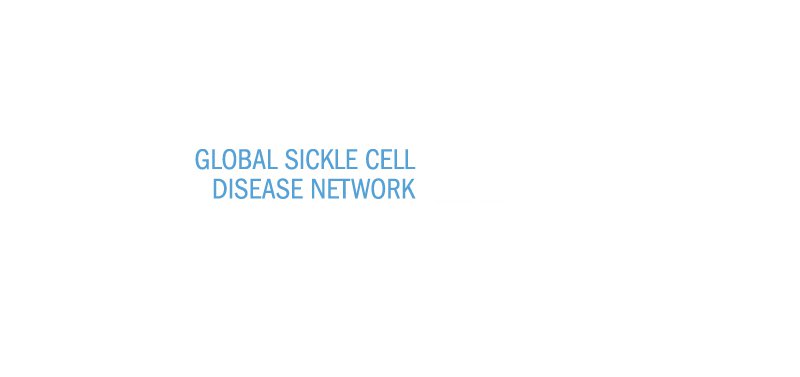
3rd Global congress on sickle cell disease
- Post by: creativemood
- 21 March 2017
- No Comment
The Global SCD network held the 3rd Global congress on sickle cell disease, in the city of Bhubaneswar, India from 21 to 24 February 1917, in collaboration with Odisha Hematology and the Regional Medical Research Centre. SCD is a major health problem in India with carrier state ranging from 10-40% in certain tribal populations. In the state of Odisha where the congress was held, this prevalence is around 9% in western districts with an alarming high up to 60% in certain sections. The burden of SCD is especially high in the developing countries, with Nigeria, Congo and India accounting for over half of the world’s afflicted population. While over 90% of children born with SCD in high-income countries live to adulthood, only 10% -50% survive beyond childhood in low-income countries.
This congress promoted the meeting of SCD stakeholders, including clinicians, patients, scientists, health policy makers, advocacy groups, partners from drug and equipment industries, all with a resolve to find meaningful solutions and stir translational action to impact life of those suffering with this disease. According to Dr. Isaac Odame, Medical Director of the Global SCD network, the main aim of the meeting was to act as a catalyst to the enhancement of early diagnosis and treatment as well as improved support mechanisms for the patients. Adoption of simple and cost effective programmes can play a vital role in reducing early mortality in SCD in low-income countries. During the congress, emphasis was placed on reporting on the development of rapid and inexpensive screening tests for early diagnosis (Point of care testing for SCD) which should foster early medical intervention for the patients in low resource settings. These diagnostic methods must have good specificity for the screening of sickle cell syndromes, be easily performed and interpreted at the site of patient care and by people who do not necessarily have a medical training, and be inexpensive. The development of various methods is on the right track. In terms of treatment, increased usage of hydroxyurea therapy for children with SCD appears to be cost effective in decreasing mortality and morbidity, especially in those countries where access to transfusion is often difficult.
This congress, which gathered more than 500 foreign and Indian participants, has been a spectacular success. It has provided an opportunity for the rest the world to understand SCD in the Indian context where there is wide variability in the manifestations of the disease. We were reminded that the disease should be seen in the context of socio-cultural practices of the people. It also elicited active involvement of the government of India which has expressed its keenness to formulate a national strategy on SCD with inputs and recommendations of Global SCD network.


